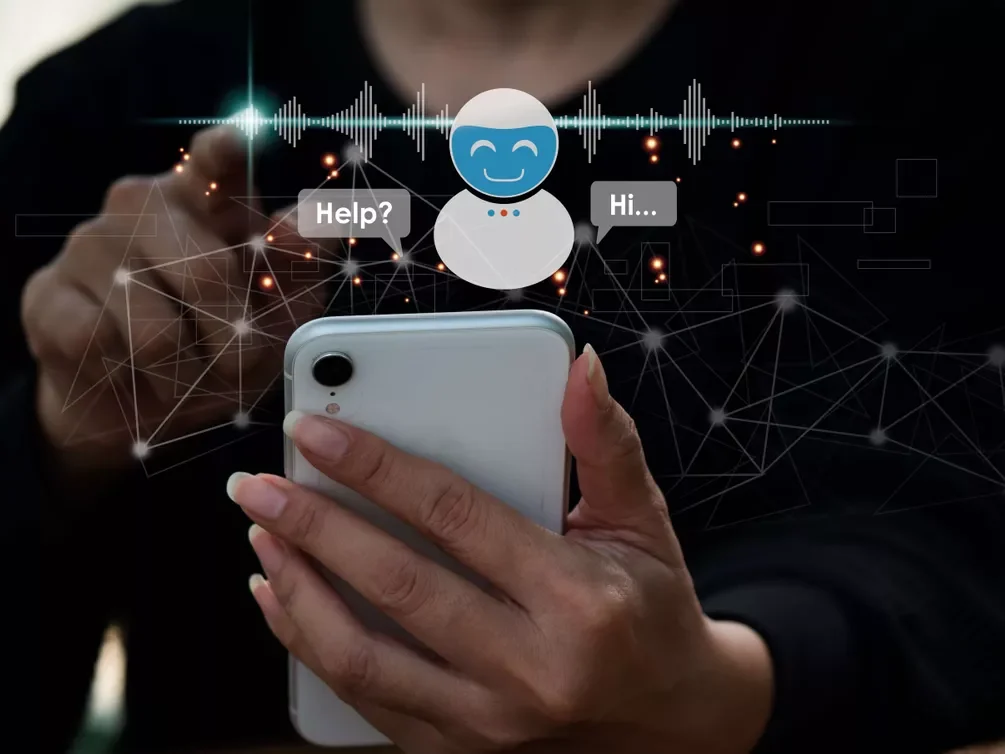Studies by Intelligent Contacts reveal that adults aged 35-44 send an average of 52 text messages daily. On average, individuals under 45 send about three consumer messages per hour. Just for that reason, businesses with numerous customers are likely to receive a large volume of messages. Managing it is challenging, especially when receiving over a thousand messages each day, necessitating a sizable support staff.
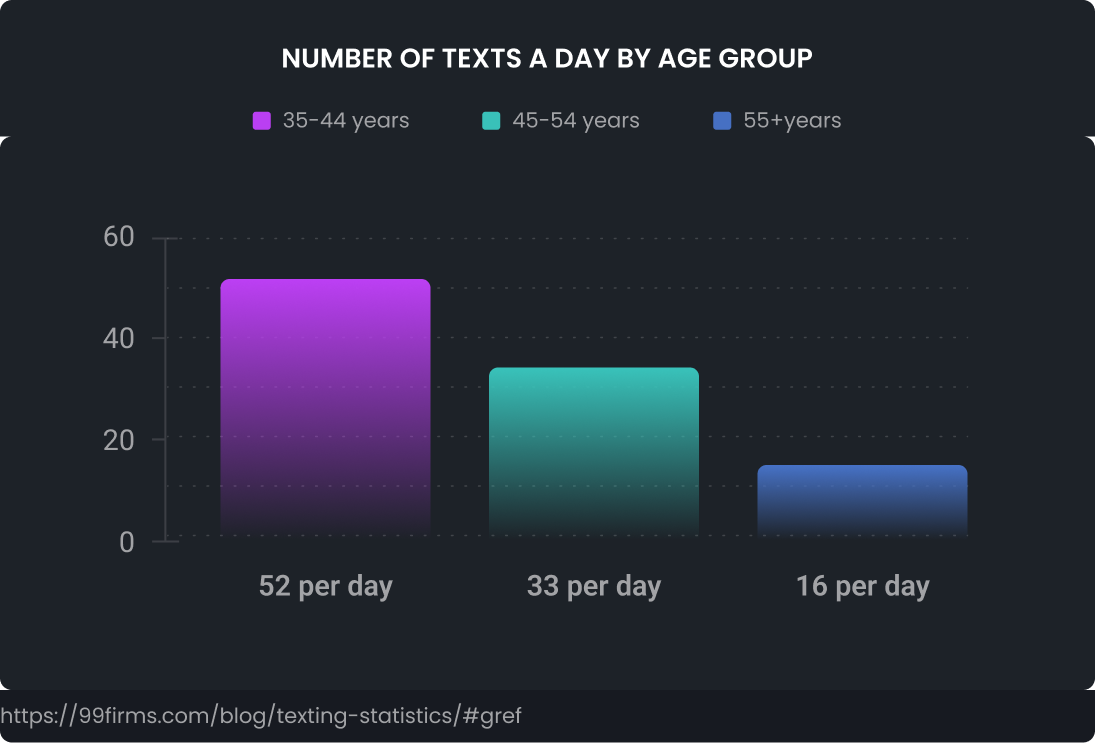
As we progress, we continually develop new tools. And here is a smart AI chatbot. Some of you probably may wonder: “What is a smart chatbot? How do smart bots differ from chatbots” which is why we will try to explain it. Smart chatbot is one of the latest innovations; it is a small application capable of performing incredible tasks akin to the magic wands in Harry Potter. Just type a command, and your wish may come true. Although current chatbots mainly facilitate tasks like ordering items from Amazon or organizing your schedule, their potential is continually expanding.
In the following article, we will discuss how chatbots operate, why it is important to integrate one as soon as possible, and how to make an AI chatbot.
How the chatbot operates
Chatbot operation relies on complex mechanisms, not magic. When a message is sent to a chatbot, Natural Language Processing (NLP) converts human speech into structured data that a decision-making engine understands.
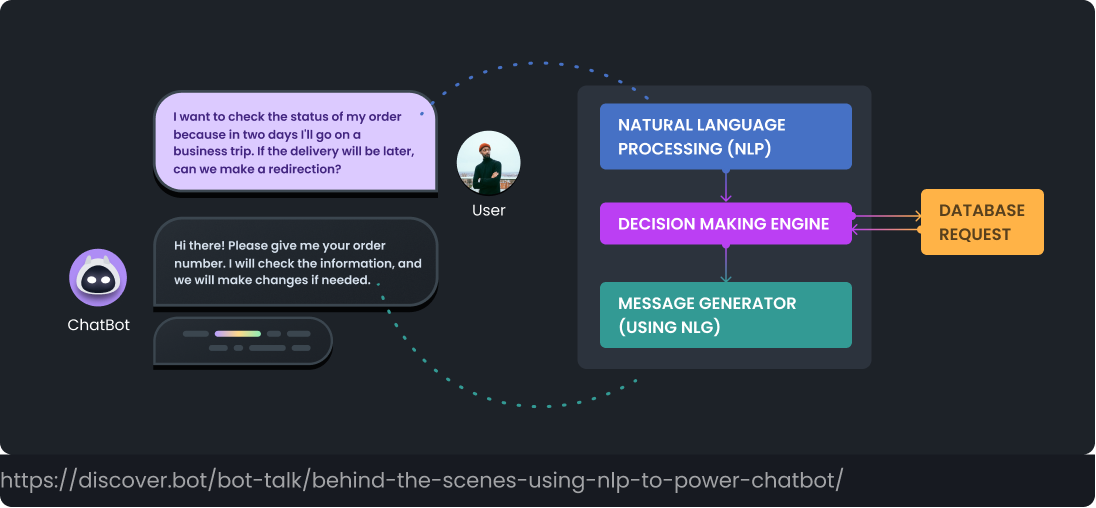
The decision engine analyzes the chat information and refers to the installed operational data to get a response. The chatbot then queries a database in search of the necessary information to formulate a reaction. Finally, some of the best smart chatbot examples convert computer data back into human speech using a message generator, also known as a Natural Language Generator (NLG).
The primary advantage of NLP-powered chatbots is their ability to respond within seconds. These bots resolve up to 80% of user inquiries, with only 20% requiring human intervention. That feature alone significantly reduces customer support expenses.
What is the perspective of Artificial Intelligence сhatbots
It’s becoming a trend to develop chatbots similar to OpenAI, with high-profile investors like Elon Musk contributing $100 million to build AI chatbots. Grand View Research predicts a growth in the worldwide chatbot industry up to $1.23 billion, boasting a 24% annual expansion rate.
Investors and large corporations are funneling funds into this venture, recognizing the immense potential it holds. Their investment signifies a calculated understanding of the advantages gained from these intelligent chatbots will more than recoup the investment costs. Therefore, it is crucial to be among the early adopters of chatbot integration within your business ecosystem.
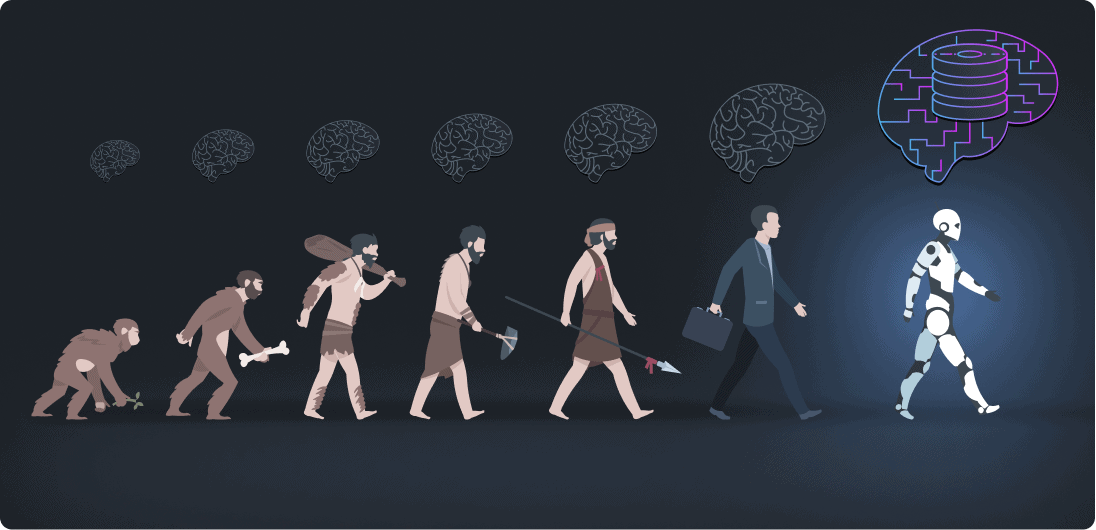
Artificial intelligence chatbots offer numerous advantages to businesses, enhancing their overall operations and customer satisfaction. By expanding operations, chatbots can cater to customers worldwide and around the clock, effectively managing a vast clientele without the constraints of human limitations.
How to make a conversational AI chatbot
To optimally integrate a chatbot into your organization, you must first determine which tasks to automate and enhance with AI solutions. Begin by identifying an opportunity or issue to establish the chatbot’s objective and value.
Step 1: Define the purpose
It’s crucial to determine the artificial intelligence chatbots’ purpose. It helps to make informed decisions about the platform, tools, and features that the chatbot needs. We recommend you provide a marketing survey to help you understand what the customer really needs and experiences problems with.
The marketing survey must cover the following questions:
- What problem will the chatbot solve?
- Who is the target audience?
- What type of questions or tasks will it handle?
Step 2: Choose a platform and tools
After defining the chatbot’s purpose, you’ll need to decide on a platform and tools to build a smart chatbot. There are numerous options available, ranging from simple no-code chatbot builders to more complex coding-based solutions.
Here we’ve gathered some of the best chatbot builders, which you can use free of charge:
- Dialogflow – is a free chatbot builder powered by Google, which is already a huge plus. Dialogflow is a powerful tool that utilizes at the same time NLU and machine learning.
- Botpress – is an open-source smart AI chatbot builder. It is a helpful platform, allowing users to create and operate your bots.
- BotStar – here, you get multilanguage chatbots with built-in CMS for free.
Step 3: Design the conversation flow
A well-designed conversation flow is essential to use a smart AI chatbot effectively. Start by outlining the possible interactions between the chatbot and users. It includes greetings, frequently asked questions, and task-specific dialogs. Map out the conversation paths and anticipate user inputs to ensure a smooth and coherent conversation.
Step 4: Train the conversational AI
Once the conversation flow is designed, you’ll need to train your chatbot using artificial intelligence and NLP techniques. It will enable an understanding of user inputs and the generation of appropriate responses. You can train the chatbot using:
- Pre-built intents and entities: Enhancing and maintaining distinctiveness is crucial to build a successful chatbot. This involves integrating the available information from your database into the chatbot, providing it with a strong knowledge base. By leveraging this data, your AI can effectively address essential user queries while retaining its unique identity and characteristics.
- Custom intents and entities: Create unique entities and intents tailored to the domain and use of your chatbot. As a result, your chatbot will be better equipped to respond to the specific demands of your users and provide more accurate and relevant information.
- Machine learning algorithms: Use machine learning methods to enhance your chatbot’s comprehension of user inputs and continuously improve the replies it provides. Typical strategies include reinforcement learning, unsupervised learning, and supervised learning. Based on the goals of your chatbot and the information at hand, choose the best approach.
The more data you provide during the training phase, the better chatbot performs. Gather and prepare pertinent information to train your smart AI chatbot. This could include user queries, conversation logs, or other domain-specific datasets. Clean up the data, getting rid of extraneous information, and put it in a format that would train all the examples of preprocessing.
Step 5: Integrate the chatbot with channels
After building and training an artificial intelligence chatbot, you’ll need to integrate it with the desired channels: websites, messaging apps, or social media platforms. The integration process varies depending on the platform and tools you’ve chosen. Most chatbot builders offer documentation and support to integrate with popular channels like Facebook Messenger, Slack, or WhatsApp.
Step 6: Test and iterate
Finally, it’s important to test your chatbot thoroughly to identify any issues or improvement areas. Gather feedback from users and analyze conversation logs to identify common pain points or problems. Continuously iterate on your chatbot’s design and training to ensure it meets the needs of its users.
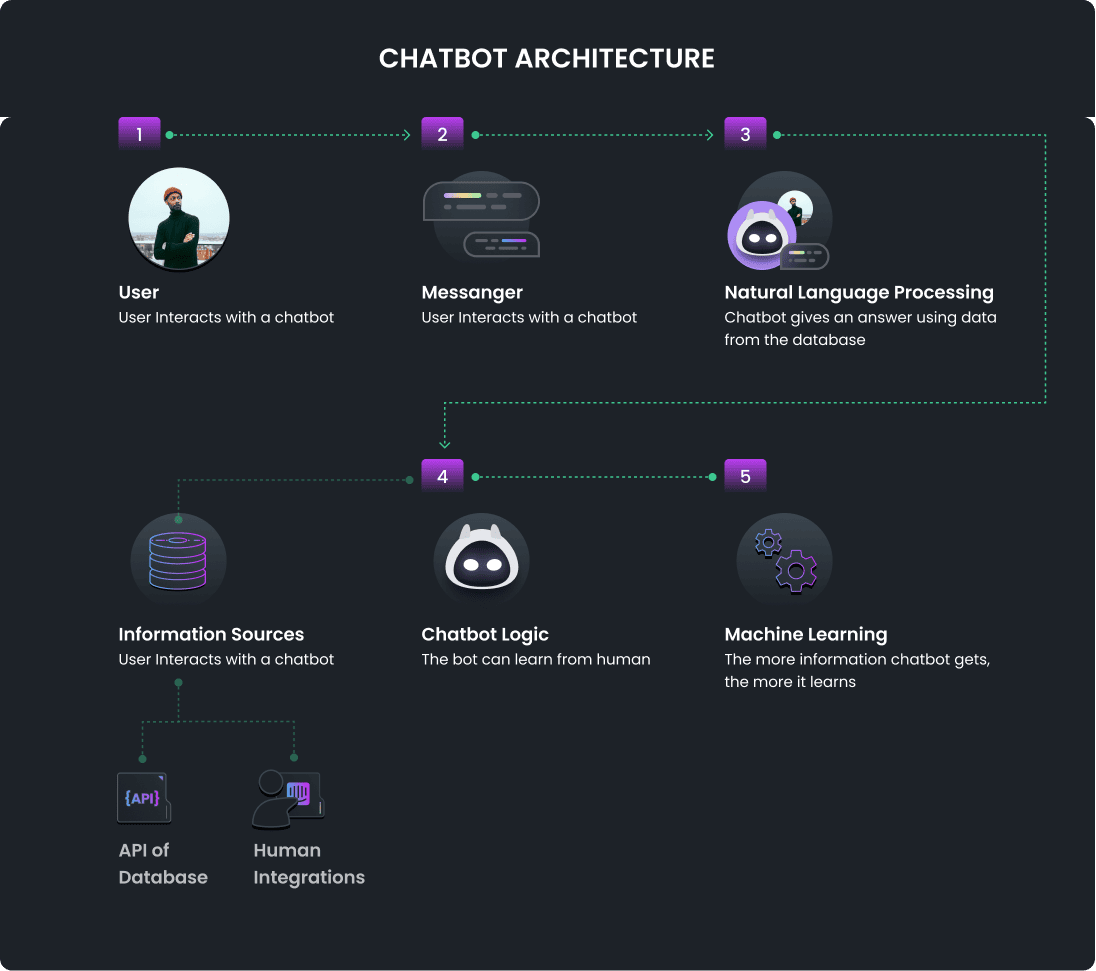
What to do if your company doesn’t have a developers team to build AI chatbot
Not every organization has the luxury of investing 100 million dollars to build AI chatbot, nor is every company a large corporation with a team of dedicated developers. Building a custom chatbot may not be feasible to everyone.
We are here to tell you there is no need to build AI chatbot because we have already developed a chatbot designed to assist businesses in effectively addressing customer inquiries. By partnering with us, you’ll gain access to cutting-edge technology without compromising on uniqueness or quality.
Here are some unique benefits of the MetaDialog AI chatbot:
- Swift integration of the smart AI chatbot within 24 hours
- An impressive 87% success rate in addressing genuine customer inquiries
- Our AI-powered bot has expertly managed millions of interactions with real individuals
- Compatibility with numerous applications such as Mailchimp, Zapier, Apify, Amplitude, and more
- Seamless integration with social media platforms, allowing MetaDialog to respond to comments and direct messages
If you doubt our smart AI chatbot will fit your exact niche, then you can try all the benefits of the chatbot in our test room. All you need to do is to send the link to the website of your company. After that, the AI will analyze the information about your company and will be ready to become a test version of customer support for your website. Everything is that simple and does not take lots of time. After doing this, you can personally ask the chatbot to answer the FAQs of your customers.
Try MetaDialog for free
We invite you to explore our complimentary demo, showcasing the bot’s proficiency in handling your inquiries. There are no setup fees involved – simply contact us via message or phone call, and we’ll take care of the rest by installing the bot into your business systems. Our goal is to enhance your business operations effortlessly.
